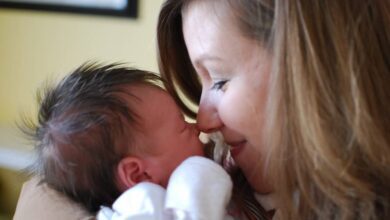Seborrheic Dermatitis in Babies: 10 Ways To Treat Cradle Cap

As your baby’s skin adjusts to the outside world, it’s common for them to develop newborn skin conditions. Although usually benign and short-lived, conditions such as baby acne, milia, erythema toxicum, and cradle cap (also known as seborrheic dermatitis) can appear concerning. It can feel impossible to ignore cradle cap and let it resolve on its own, so many people wonder about safe and effective treatments. If you notice scales on the baby’s scalp, you may wonder what you’re looking at and worry about its cause. A cradle cap may look unpleasant, but does it bother your baby? Here, we’ll discuss cradle cap and address some of the easiest and most effective treatments on how to get rid of it.
Cradle cap refers to red, white, or yellow oily scales on the scalp. The medical name for cradle cap is “seborrheic dermatitis.” Sometimes it can also appear on the forehead, on the bridge of the nose, behind the ears, or in the diaper area and skin folds.1,2,3 Although it may seem uncomfortable, it usually bothers the parents more than the baby.2 More than ⅔ of babies are affected by cradle cap at some point in their first trimester, and if left untreated, it usually resolves on its own.2
Experts have not determined the exact cause of seborrheic dermatitis. There are several different theories about its causes, but it is likely a combination of factors. Just like how hormones can cause skin issues like acne during puberty and pregnancy, your baby’s skin can react to your prolonged pregnancy and postpartum hormones. These hormones can cause overactive oil glands. This increased oil can cause old skin cells to stick to the scalp instead of simply falling off, causing flakes to appear. An overgrowth of a certain species of yeast on a baby’s scalp can also play a role in cradle cap.2
So, how do you get rid of cradle cap? Although seborrheic dermatitis often goes away on its own over time, you may want to help speed up the process. As always, consult your pediatrician before starting a new treatment for cradle cap. Here are 10 treatments you can try at home:
If you’re not sure how to treat your baby’s cradle cap, it’s okay to leave it alone. Even if you do nothing, most babies outgrow it by 1 year of age, but you’ll likely see improvement within two to eight weeks.1,4 It’s not thought to be itchy, so it shouldn’t bother your baby.1 Cradle cap is considered benign, meaning it is harmless.5 It can be tempting, but don’t scratch or pick at the scales.6
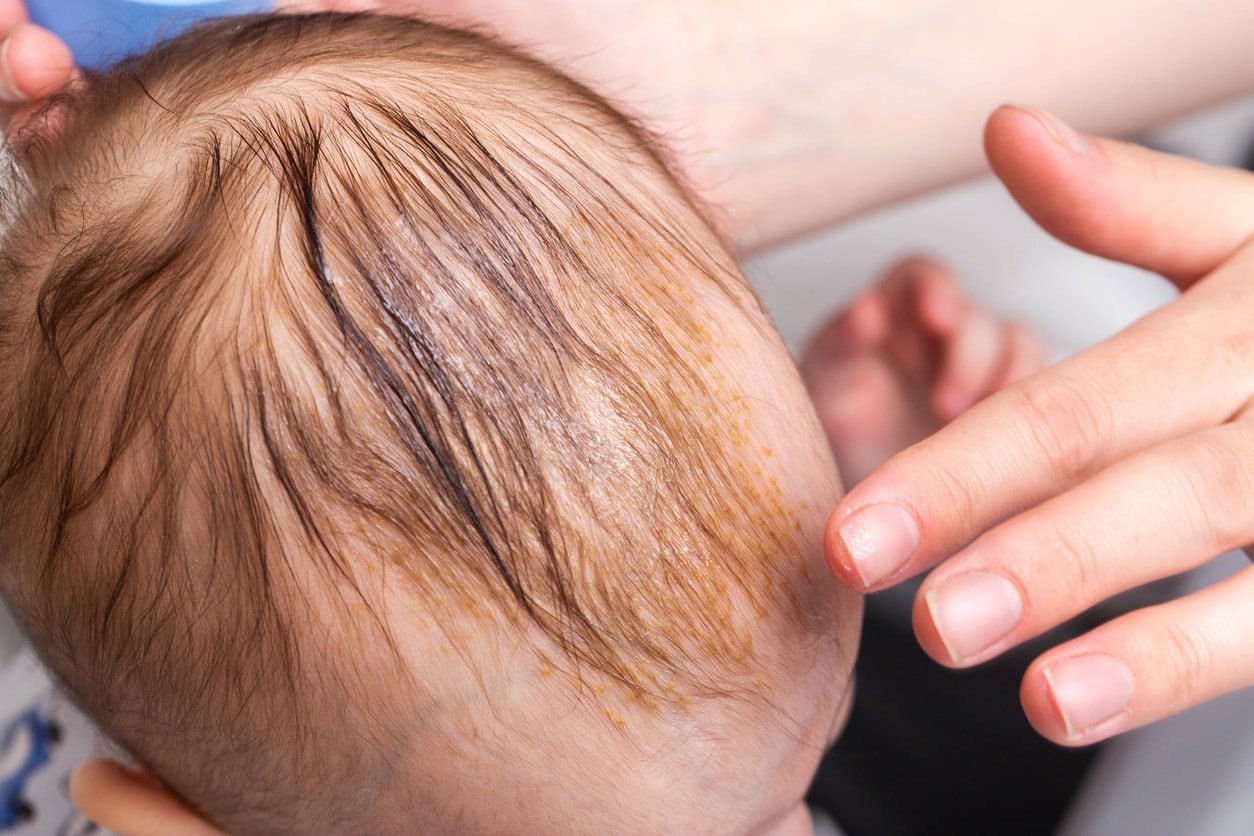
There is no single best oil for cradle cap — there are many oils and lotions like it Vaseline, Aquaphor, mineral oil, baby oilor even coconut oil can help dissolve excess oils that cause skin to stick to a scaly scalp. However, be sure to wash off the oil after treatment, as cradle cap buildup can deteriorate if left in place.7

The ingredients in baby shampoo can break down and wash away scalp oils, reducing the flakes of skin that stick to the head in the cradle cap. As mentioned above, baby shampoo should also be used after oil treatment or application.7 Use a mild or hypoallergenic shampoo, such as one without fragrance or added chemicals, so it won’t irritate your baby’s skin.
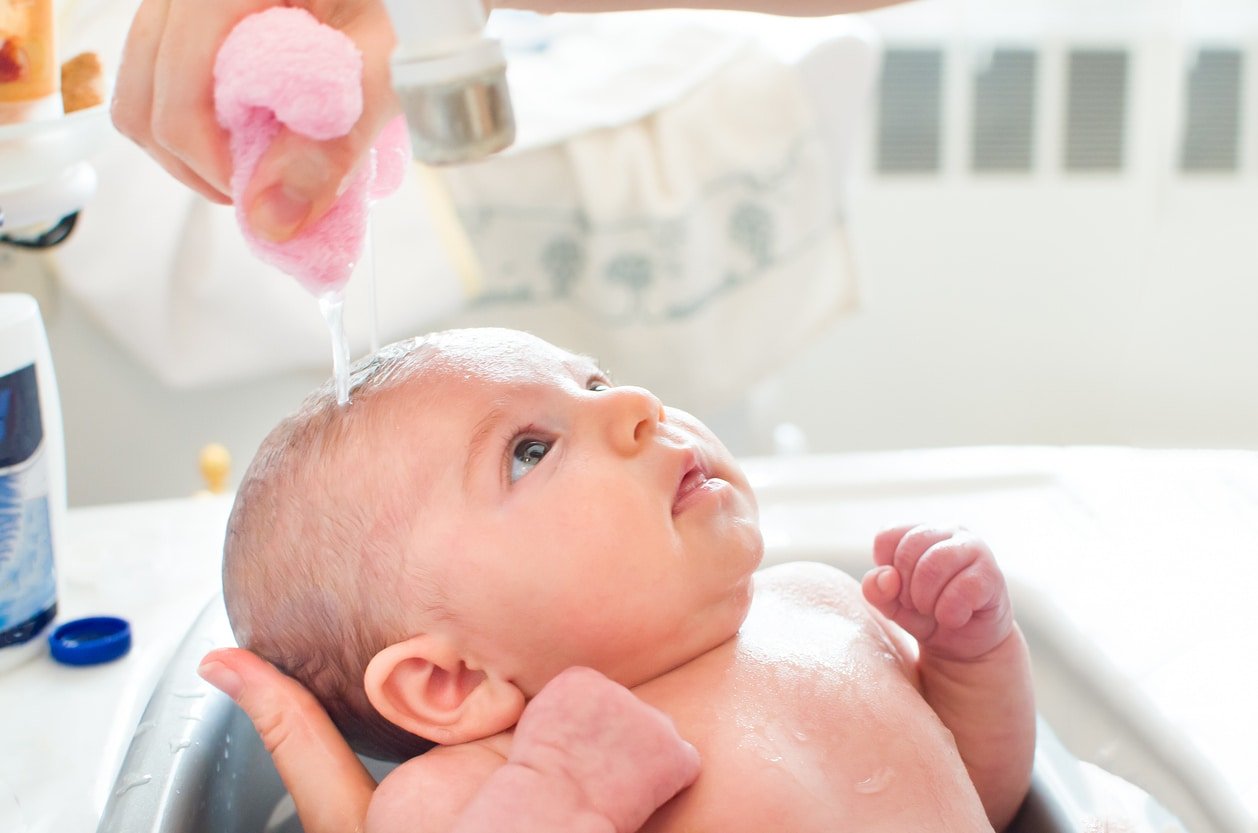
Another way to help get rid of cradle cap is to massage their head with a washcloth. Although you can wash your baby’s head with just your fingers, you can try applying their shampoo to a washcloth to better massage their scalp. This can help further agitate the oils while being gentle enough on their tender spots.7
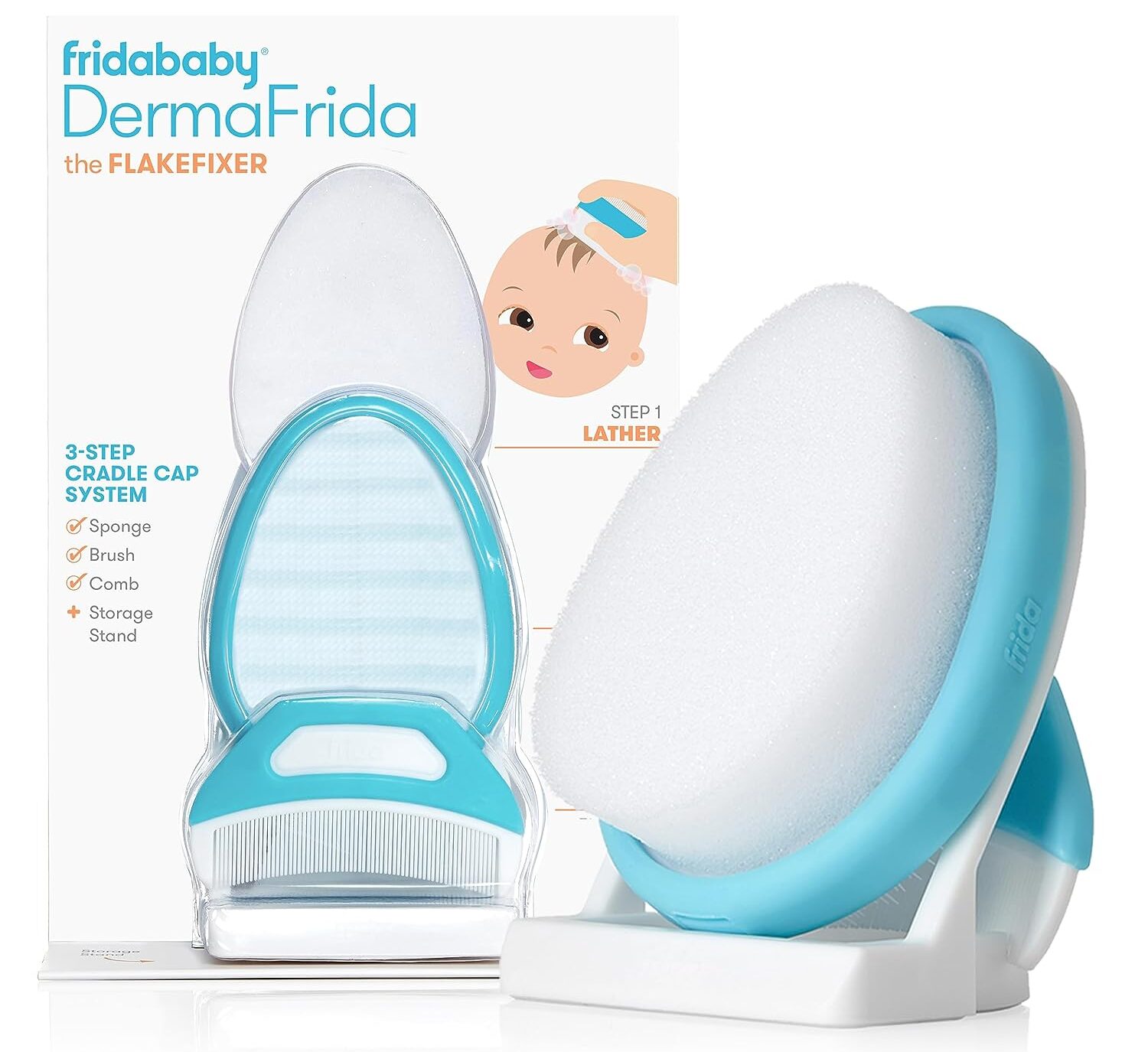
Although you shouldn’t pick or scratch, if your baby’s stubborn cradle cap doesn’t respond to normal hair washing and the application of over-the-counter oils and lotions, you can try manual removal some of the flakes with a soft cradle. cap brush, comb, or toothbrush. If you try to use your fingernail to pick the scales, you risk scratching the scalp, further irritating the skin, and developing an infection.3
After applying an emollient such as petroleum jelly (Vaseline), let it sit for five to 10 minutes. Then, gently rub the area with a washcloth or cradle cap brush. Next, wash off the emollient and the scales and dry. Finally, reapply the emollient.7

Aloe vera gel o cream has shown the ability to reduce cradle cap. Apply aloe twice daily to the affected areas for four to six weeks to see a significant improvement in the scaliness.4 Again, choose a gel that doesn’t have fragrance or added ingredients that could irritate your baby’s skin.
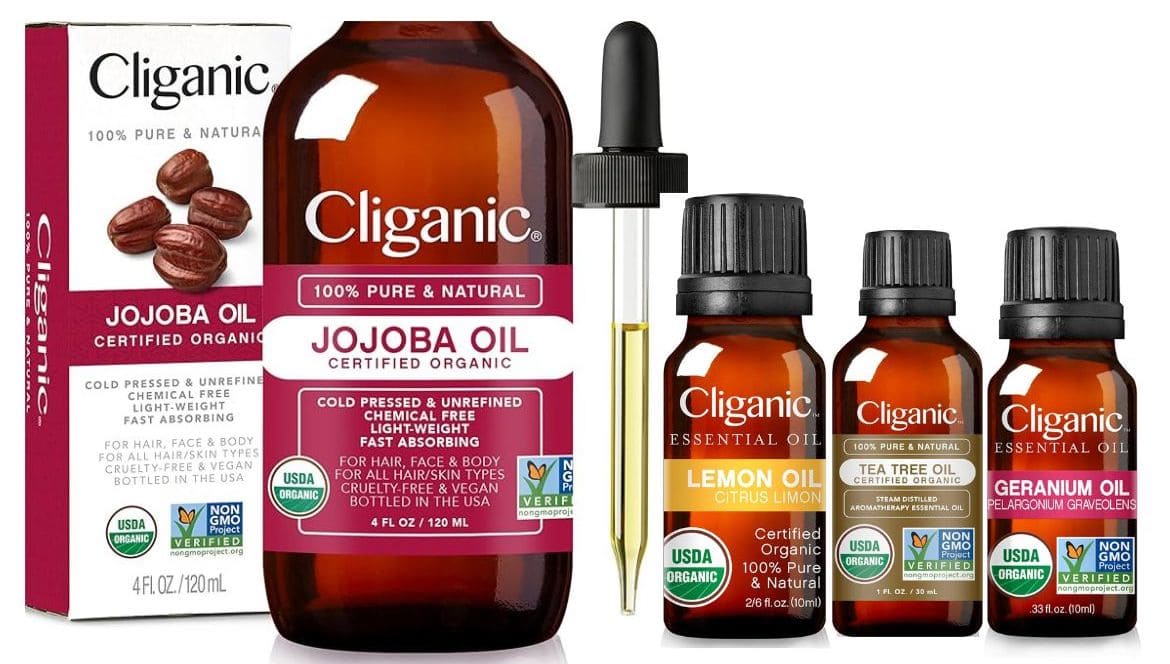
Essential oils such as tea tree oil may help reduce the presence of yeast on the skin, which may be contributing to your baby’s cradle cap.4 Other essential oils, such as geraniums and lemoncan reduce inflammation if applied topically.8 On the contrary, the fragrance of these oils is very strong. On a baby’s sensitive skin, a strong perfume can further irritate the skin.
If you are going to try essential oil treatments for cradle cap, they should always be diluted in a carrier oiljust like coconut oil. Alternatively, you can add a few drops of essential oil to your favorite baby shampoo. Be sure to avoid the baby’s eyes when washing the oil out of their hair, as it can cause pain and burning in the eyes. Some essential oils are not considered safe for babies, so consult your provider or other expert before trying this treatment.9
8. Dandruff Shampoo

Dandruff shampoo containing zinc, selenium, or coal tar and antifungal shampoos (such as ketoconazole/Nizoral) may be useful for treating cradle cap. Since some of these shampoos contain drugs or medicines, be sure to consult your pediatrician. If you get the go-ahead to use a dandruff shampoo to treat cradle cap, you can apply, lather, and leave it in place for five minutes before rinsing. Rinse well to prevent formation, and keep bubbles off baby’s face and eyes. You can use it daily or every other day until the symptoms resolve. After that, use it weekly to prevent symptoms from returning.10
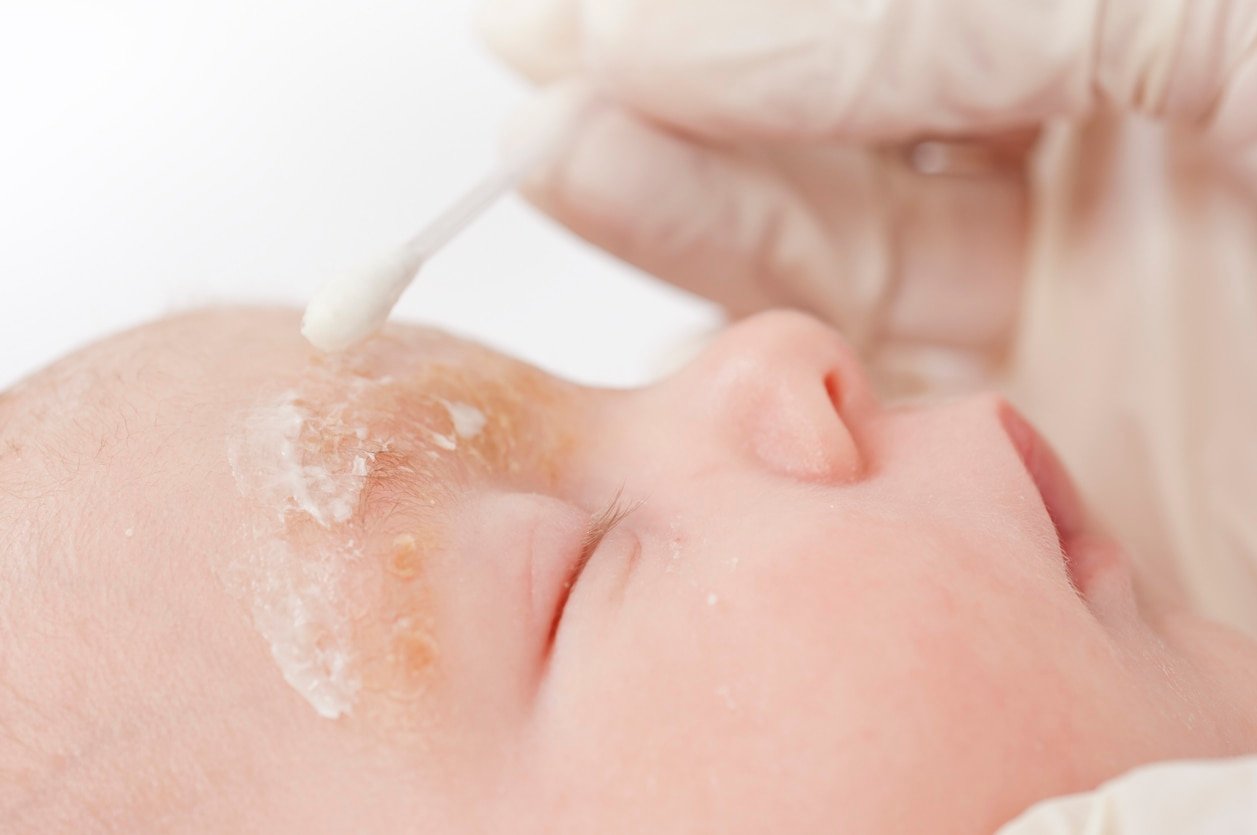
If your baby’s cradle cap is severe and does not improve, your doctor may prescribe a steroid shampoo or steroid cream such as fluocinolone or betamethasone. These are not available over the counter, so you need to talk to your provider. Although these treatments can be effective in improving cradle cap, you should only use them for a short period of time. They can cause thinning of the skin and spider veins if used for a long time.10
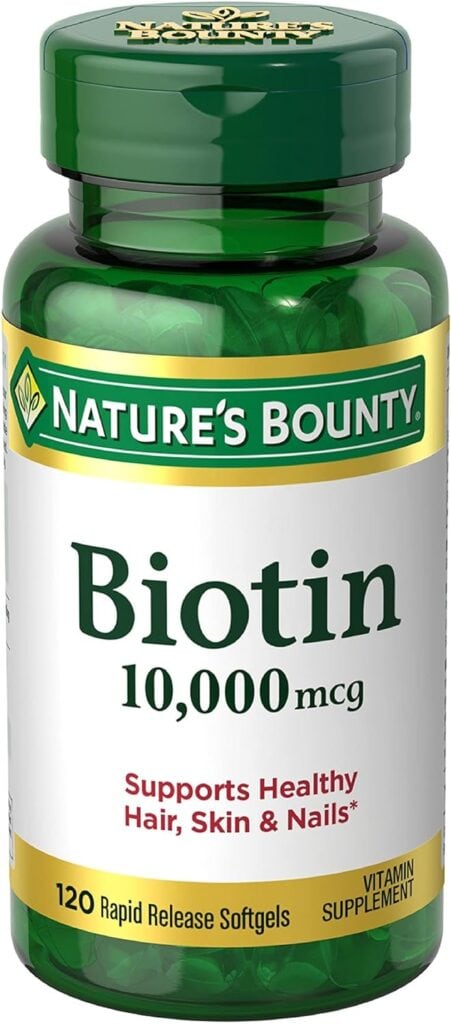
Studies have shown that biotin supplementation may improve the symptoms of cradle cap. If you are breastfeeding, consider supplementing your own diet with biotin. You can also talk to your pediatrician about adding a biotin supplement to your baby’s diet. Biotin is made in the gut, and babies have an undeveloped gut, so many babies have a biotin deficiency that can be linked to cradle cap symptoms.4
The best way to prevent seborrheic dermatitis is to prevent the buildup of excess oils on the scalp. However, the oils on the skin have a purpose, so we don’t want to use anything too harsh or abrasive and completely remove the oils from the scalp. To prevent cradle cap, wash baby’s hair frequently with a mild shampoo, then gently rub with a washcloth or soft bristle brush. After bath time, apply baby lotion or oil to replenish the stripped oils and keep their skin moist.11
Usually, you don’t need to make a separate call or trip to the pediatrician about the cradle cap. You can always mention it at a regular check-up, but it usually resolves on its own or with the help of some home treatments. However, if it doesn’t improve or continues to get worse, you can call your child’s doctor. They may prescribe a cream or shampoo to help remove cradle cap. If it still doesn’t improve after using that prescription, you should let your provider know.11 A dermatologist may also be able to help.
Other situations in which you may want to call your doctor include:6
- A bleeding or oozing scalp
- Cradle cap that spreads to many other parts of the body
- A foul or infectious odor from the scalp
- Inflammation of the skin on the scalp
- The baby is in obvious discomfort or irritation, and you suspect it is related to the cradle cap
Cradle cap can be difficult to ignore or leave alone. The small flakes seem very easy to pick up and remove. Often, they will leave on their own if left alone. Despite the temptation to pick, it is better to ignore them because of the risk of infection. If your baby’s cradle cap is severe, there are many simple home remedies that will try to help get rid of it. Usually, a separate doctor visit for seborrheic dermatitis is not warranted, but you can check with your provider about the safety of different treatments if it seems to be getting worse. For most babies, the cradle cap will soon disappear, and you’ll be looking back at another fleeting memory from childhood.



